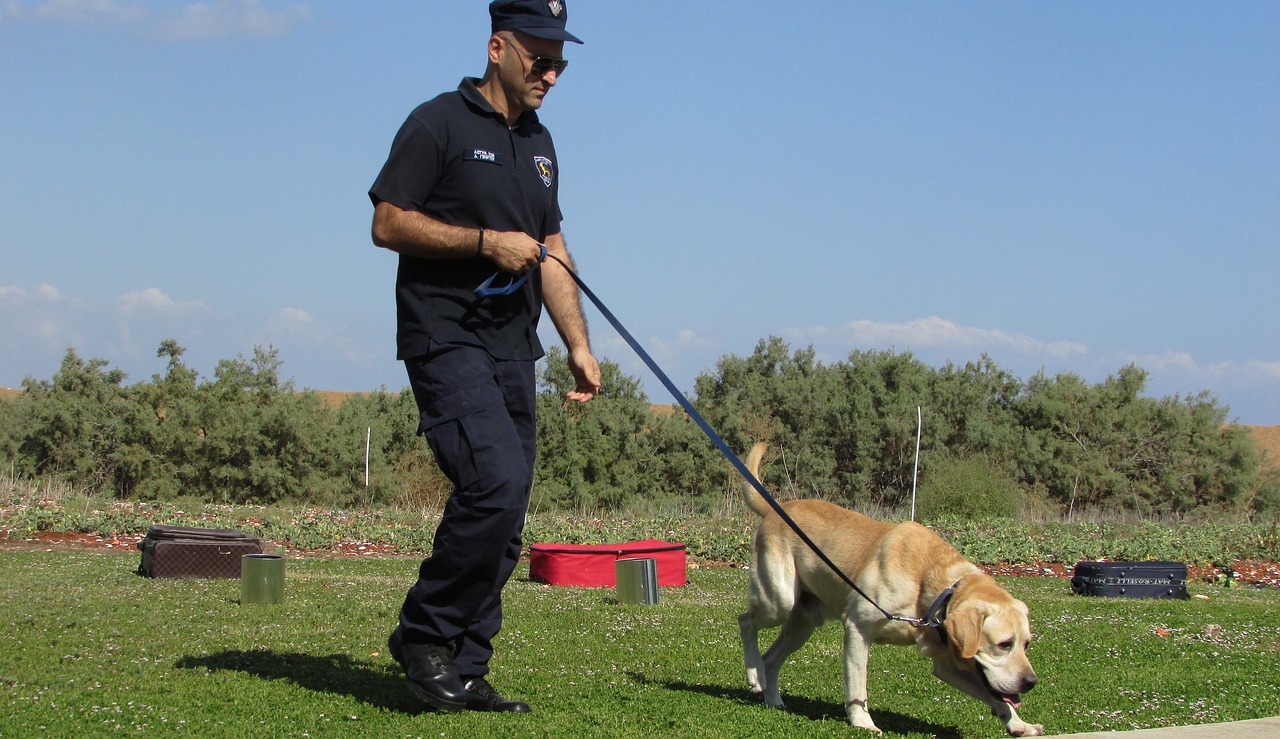The Main Principles Of Spring Canine
The Main Principles Of Spring Canine
Blog Article
Spring Canine Can Be Fun For Everyone
Table of ContentsThe Greatest Guide To Spring CanineNot known Factual Statements About Spring Canine Spring Canine Things To Know Before You BuyExcitement About Spring CanineNot known Factual Statements About Spring Canine
Dogs in the wild live by the guidelines of the pack. These guidelines serve them well in that circumstance however we've asked them to live with us and our regulations must currently be followed.However there are a couple of pet dog training essentials to consider first. The objective of training is to have a genteel canine who is confident and unwinded. Educating reasserts your role as alpha and this makes your pet dog a lot more comfortable with his place in the pack. The objective of training is not to burglarize your canine of his eccentric high qualities such as mischievousness and clowning.
Dogs can start training as very early as three months. Before that, their focus is unsatisfactory. Educating a pup can be a difficulty at first yet if you start with basics such as "Sit!" and "Keep," your puppy will certainly discover swiftly. Older pet dogs can absolutely be educated and though they may be slower with the uptake, their calmer disposition makes training easier. Though it is helpful to supplement with publications and videos, your pet should participate in a minimum of a basic obedience course.
The Of Spring Canine

This will relax your canine and provide him self-confidence. As a teacher, be constant and establish a training routine for you and your pet.
It's better to do two fifteen min sessions per day than one half-hour session. The majority of obedience training methods today use positive support. Some utilize it exclusively while others combine it with adjustment. Selecting an approach relies on which technique you are most comfy with, maintaining in mind your pet dog's character.
Spring Canine Fundamentals Explained
Leave the day's frustrations out of the session. Photo Credit history: 825545, Unsplash The modern variation of standard training actually started with Barbara Woodhouse in the 1950s. This technique uses physical adjustments to train a pet. As an example, if you inform your canine to sit and he stays standing, you might provide a gentle jerk on his collar or choke chain while pressing down his rump.
This approach is thought about to be obsoleted by numerous contemporary trainers yet you'll find that some canines (like that bull-headed Pit Bull) could react to this after falling short with favorable reinforcement training. This is one of one of the most popular recent types of canine training and was introduced by Karen Pryor.

Spring Canine Can Be Fun For Everyone
This is one more positive reinforcement method yet the motivation is not the organization with the remote control, yet some sort of reward. When you give the reward, you ought to applaud your canine in a high pitched Learn More Here encouraging voice.

A pet who is being hostile toward an additional canine can be dealt with by applying a clawed hand to his neck. This simulates what his mother would certainly have performed in the wild. This method needs some study into the habits of dogs however it can create an extremely limited bond between you.
You may likewise be interested in discovering regarding the cognitive features of dogs. This will help you understand how your pet assumes and will certainly make training much easier.
The Best Guide To Spring Canine
When bringing a new canine home, it may be overwhelming to think concerning training. http://peterjackson.mee.nu/where_i_work#c2133. There are a couple of different sorts of training methods to try, however which one is appropriate for you and your dog? Here are just a few of the different kinds of dog training approaches: In favorable reinforcement training, the fitness instructor awards the pet permanently behavior
Instructors will after that neglect poor habits or keep deals with when a dog does not act well. * (Amazon Affiliate Link) to signal promptly when a pet dog has actually done something great. Cat.
Report this page